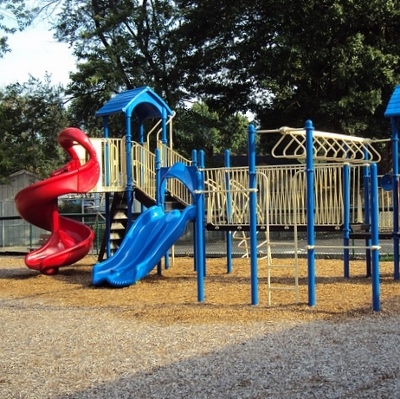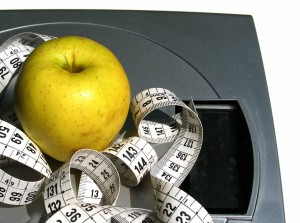 It is important to monitor your resting heart rate in order to know when your body is ready for a workout, or when it could use a day or two for recovery.
It is important to monitor your resting heart rate in order to know when your body is ready for a workout, or when it could use a day or two for recovery.
One’s resting heart rate is determined after no recent exertions have been made; however, it is equally beneficial to monitor one’s heart rate every so often during a workout, in order for one to get the most out of the workout.
Your target heart rate during a workout is the range of heart rates that fall between 65% and 85% of your HRmax (heart rate maximum). The more fit you are, the higher in this range you should go. Achieving and maintaining this target heart rate means you’re pushing yourself hard enough to receive maximum benefit from the exercise, but not to the point where you’re putting yourself in danger.
As mentioned above, one’s target heart rate is a function of maximum heart rate. Unfortunately, there is no strict formula for determining one’s HRmax. Ideally, you should have your physician make a recommendation for your target heart rate range, because one equation simply accounts for all of the involved variables. There is a commonly-used, easy-to-remember formula for determining maximum heart rate, which is subtracting one’s age from 220. The catch is, this formula is considered by health and fitness professionals to be too inaccurate to be helpful in most cases. After a number of studies, it seems that no formula is perfect or considered accurate enough to correctly prescribe a target heart rate for everyone.
The least objectionable formula is as follows:
HRmax = 205.8 − (0.685 × age)
Using this formula, a 40-year-old could calculate that his or her HRmax is 178 beats per minute. The best pace for this person would be one that brings their heart rate between 65% and 85% of this maximum. This means that the target heart rate for this person determined by this formula is between 116 and 151. Of course, these numbers should be taken with a grain of salt; the formula obviously still does not account for level of fitness and other major variables.
Check your pulse from time to time during a workout. Speed up if you find your pulse below the appropriate range. Slow down or take a break if your heart is beating too rapidly. On a hot day, you may find that a slower pace is giving your body the same workout as a faster pace would on a cooler day. As always, when it comes to fitness, listening to your body is the best thing you can do.





